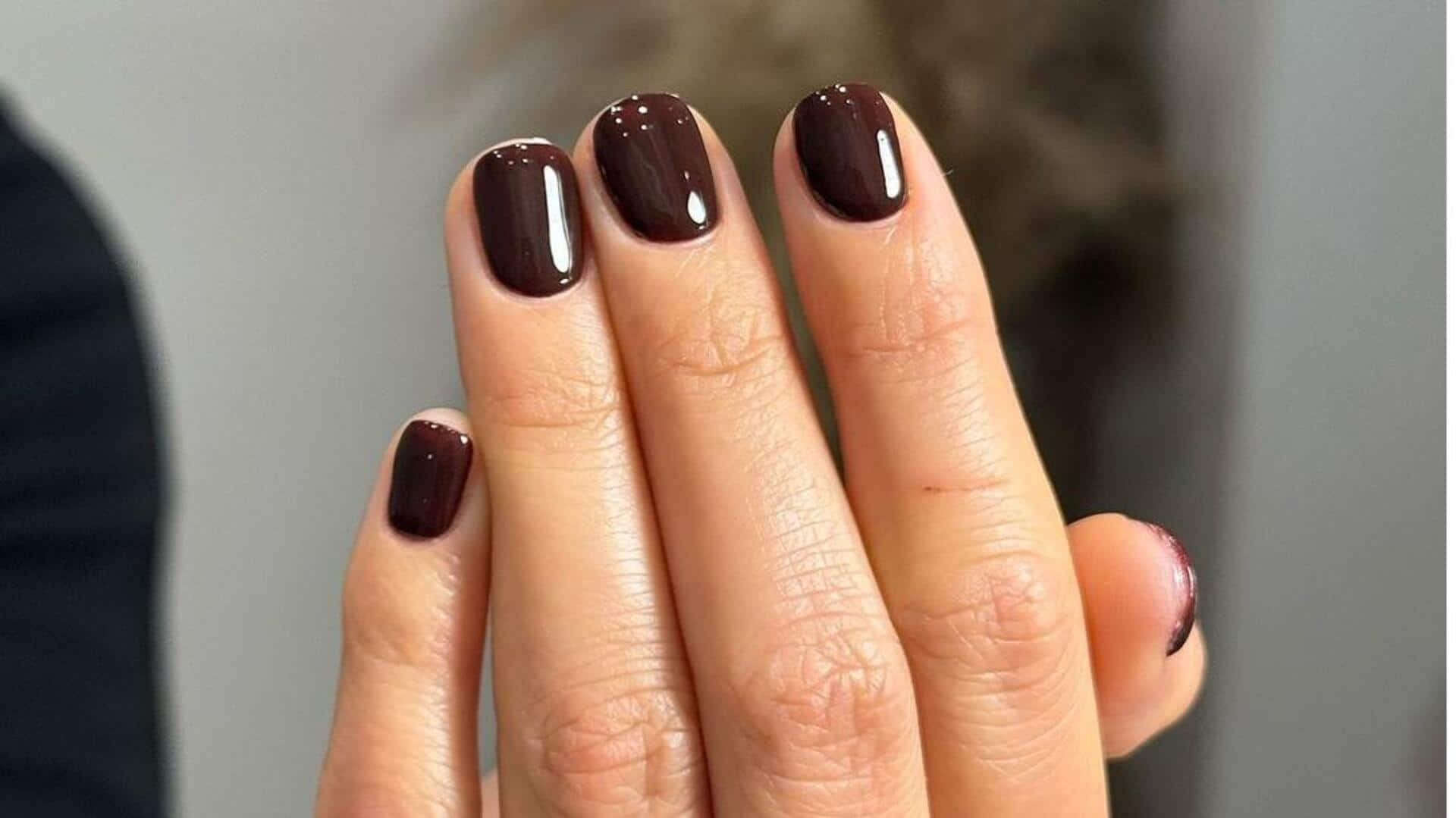
Russian manicure: Here's what you need to know
What's the story
Russian manicure, hailed for its meticulous attention to detail and precision, has emerged as a captivating trend in the world of nail artistry. Originating in Russia, this technique goes beyond the typical manicure, focusing on cuticle care, nail health, and achieving a flawless, long-lasting look. Unlike French manicures, Russian manicures focus more on grooming methods than aesthetic preferences or visual style.
Trend
What is Russian manicure?
A Russian manicure focuses on cuticle removal, careful and precise removal of previous nail polish or gel, and detailed attention to a pristine polish application. The technique reveals the natural beauty of the nails, creating a polished appearance without nail extentions. A Russian manicure is also known as dry manicure, where the treatment is done all dry without soaking your hands in water.
Process
Understanding the process
The cuticle work is what differentiates this manicure from the conventional manicure. In Russian manicure, nail technicians pay close attention to the cuticle area, gently pushing back cuticles to reveal a clean, well-defined nail bed. The technique involves the use of specialized tools, including e-file drills with fine drill bits designed to precisely remove dead cuticle tissue without causing damage to the surrounding skin.
Time
What to expect?
Starting with cuticle work, the treatment proceeds to shaping or lengthening the nail. Fine drill bits are employed for detailed work around the cuticles. Besides, softening agents aid in the gentle removal of cuticle tissue and facilitate a smoother nail surface. This manicure is time-consuming. The treatment with nail art and extensions can takeup to four to five hours.
Risks
Potential risks involved
Know the risks involved before trying it. When an electric drill bit is used incorrectly, it can lead to excessive cuticle filing or scraping, which can irritate or even cut the skin. Since the cuticles act as a barrier from infections, breaking them can make infections more likely. Besides, the tools used during the treatment can cause pain or bleeding if not sterlized.